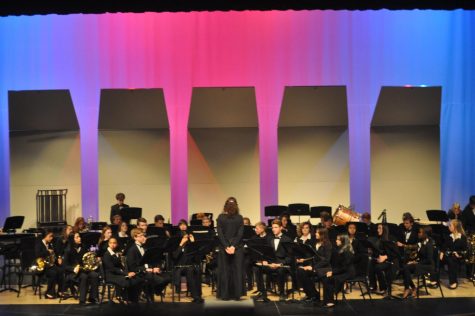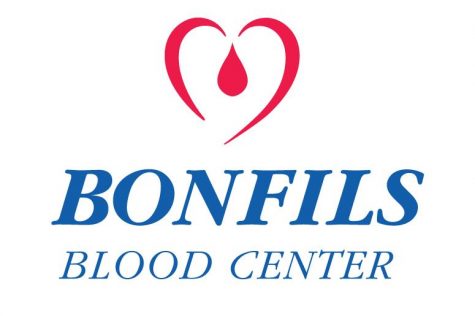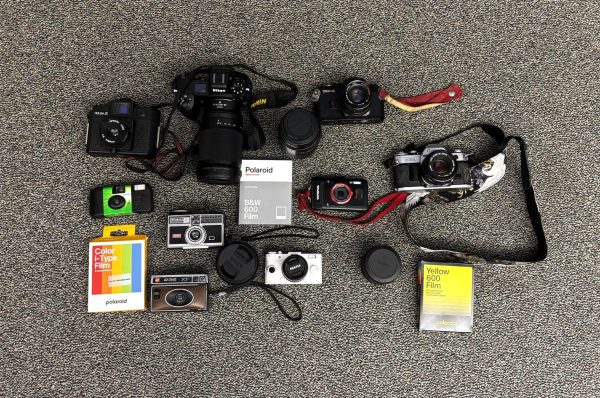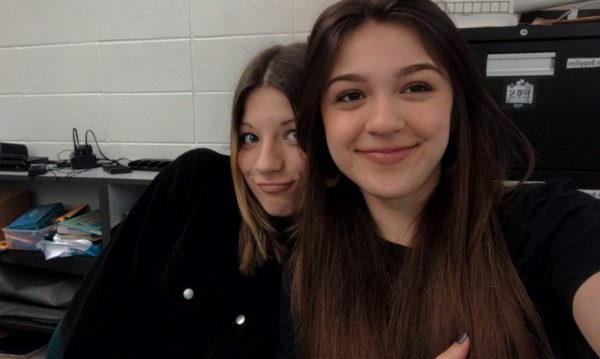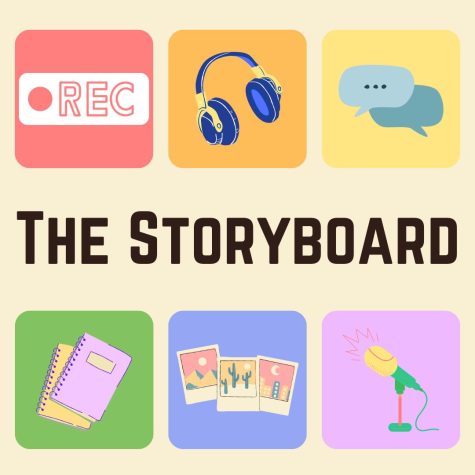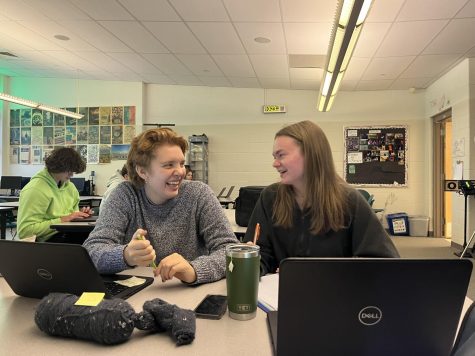Editor’s Note: Conferences and collaboration are the keys to success
In journalism, instead of competing in state competitions, organizing school events, or selling our work to students, and in order to get feedback about our publication and be exposed to new ideas, we go to conferences. The two conferences that journalism students at Fossil Ridge High School go to annually include J-Day, held every October at CSU, and the Journalism Education Association National Convention, which changes its location each spring. At these events, hundreds to thousands of journalism students and educators gather together to celebrate and share their passion for writing, editing, photography, yearbook production, and much more. Personally, going to these events is one of my favorite aspects of being involved in journalism in high school. I don’t think there is anything quite like the feeling and excitement that comes from being surrounded by people who share an enthusiasm for the same things as you. Not only is it beneficial from a learning standpoint, but also from an inspirational one – by getting to see the unique ways other people my age are conducting themselves as student journalists, I want to strive to reach another level as well.
Journalism conferences benefit the program as a whole; they really help us come together to evaluate our current achievement level and collaborate on ways to better ourselves as individuals and a team. At large conferences like the national convention, we usually allow individuals to choose topics and sessions that they personally are interested in, though we do occasionally encourage students to branch out and discover something new. At smaller conferences, such as J-Day, we create a more thorough plan of who is attending what, because there are much fewer topics covered at the event, and we want to ensure that we are utilizing our time there instead of all learning about the same exact thing. Regardless, at the end of the day, or during the next class period, we will all come together with our notes and share out any major ideas for the publication that we came up with. This type of sharing not only forces us to actually pay attention during the conference, but allows for all of our voices to be heard in a class discussion.
Often times, student journalism programs can become secluded from other programs at different schools, and conferences give us the opportunity to open our eyes and mind and see what else is out there. Some of our best developments have come from conferences, including our student feature column, originally called “Humans of Fossil” and now entitled “Sabercat Stories”, our greater presence on social media platforms, and the design of our website. Most recently, after attending J-Day, we have discussed the aspect of student journalism that falls more along the legal spectrum, of what we can and cannot publish, and ways to improve our editorial board policies. By simply meeting and talking with other journalists, we gain access to new technology and ideas that allow us to go more in-depth on not only our reporting, but also the ways in which we learn as students and grow as a team.
Journalism conferences lead way to collaboration and learning within Fossil’s journalism program, and it is my sincere hope that more journalism (or yearbook and TV) students are able to take advantage of this in the future. Without exposure to new ideas and people, we would never be able to improve our program or publication, and if that were the case we would not be relevant to the student body. Relevance to Fossil students is one of our biggest goals, and because of that, conferences are incredibly pertinent to our success. The next journalism conference our students get to attend will be the JEA National Convention, held in San Francisco, California, in April 2018.
Your donation will support the student journalists of Fossil Ridge High School. Your contribution will allow us to purchase equipment and cover our annual website hosting costs.
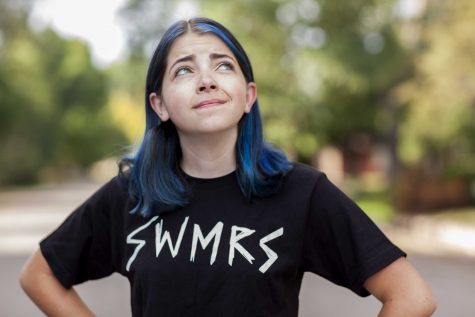
Serena Bettis, senior, is entering into her third year on the Etched in Stone staff as this year’s Editor-in-Chief. A four year journalism student, she has high hopes for Etched in Stone this school year, and wants to be able to guide the staff in achieving their goals as much as possible. While Bettis...




